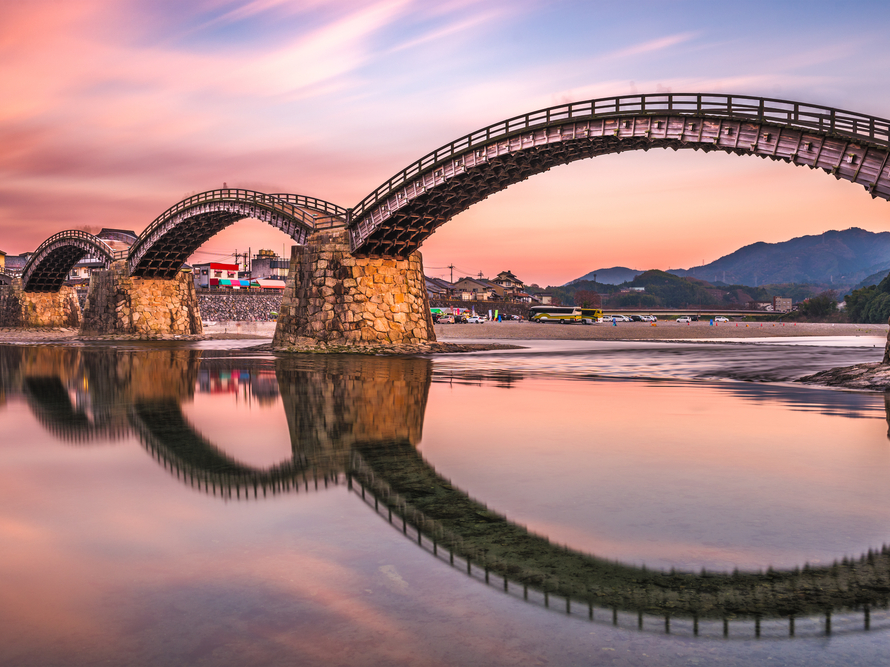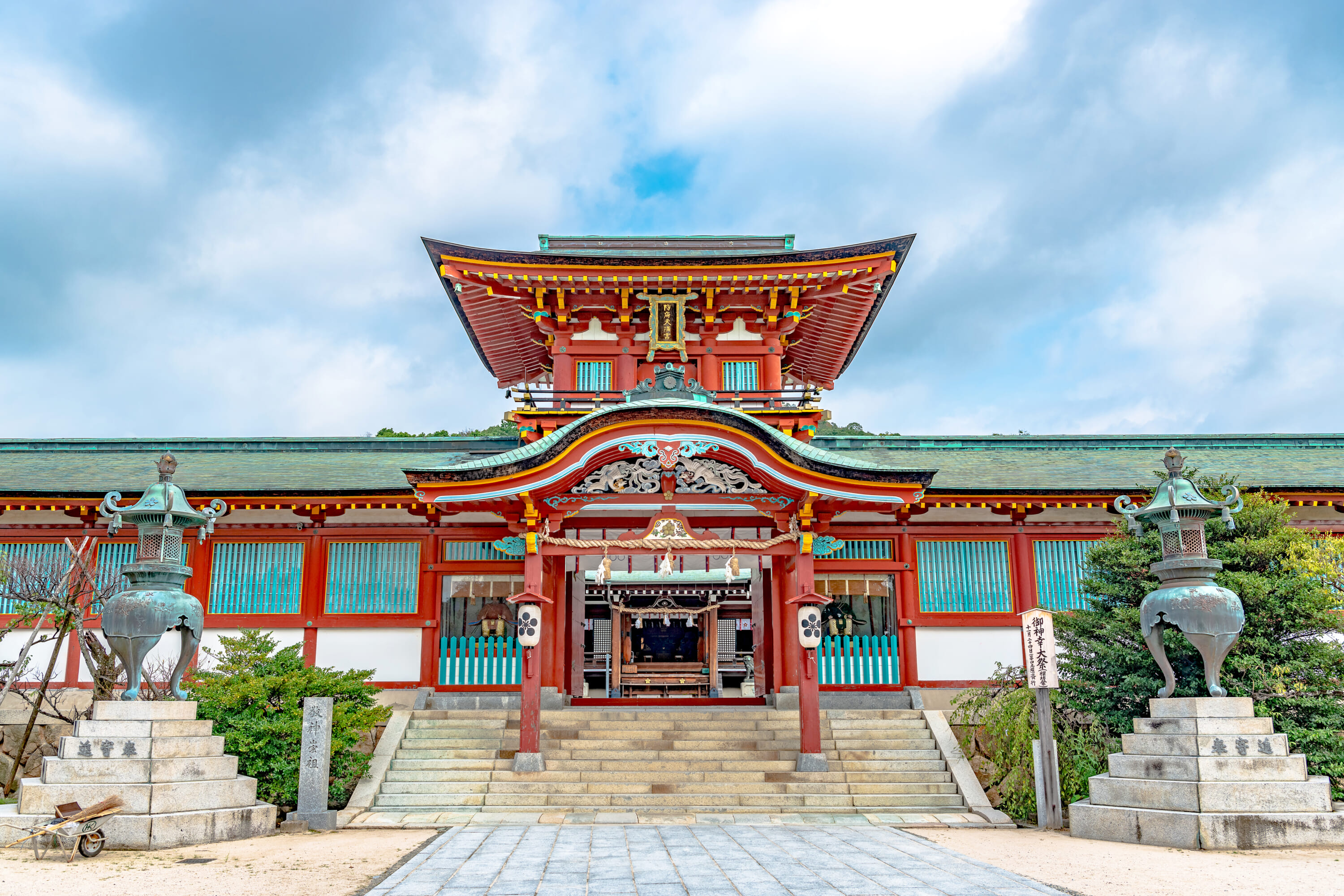
1. Japan’s Oldest Tenjin Shrine is in Yamaguchi Prefecture
Founded in 904, Hofu Tenmangu Shrine in Hofu city is believed to be the first ever Tenjin shrine constructed in Japan. Tenjin is the deification of Sugawara no Michizane (845-903), a scholar who excelled in waka and kanshi poetry. Today, he is revered in the Shinto religion as the god of learning. Falsely accused of conspiring against Emperor Daigo, Michizane was banished to Kyushu from the court of Kyoto in 901. On his way into exile, he stayed in Hofu and prayed that the charges against him would be dismissed. They weren’t and he subsequently died in 903. A series of mysterious events occurred in Hofu around the time of his death, leading people to believe that his soul had returned to his last stop in the town. The shrine, built in his honor, was erected the following year. There are currently more than 12,000 Tenjin shrines in Japan.
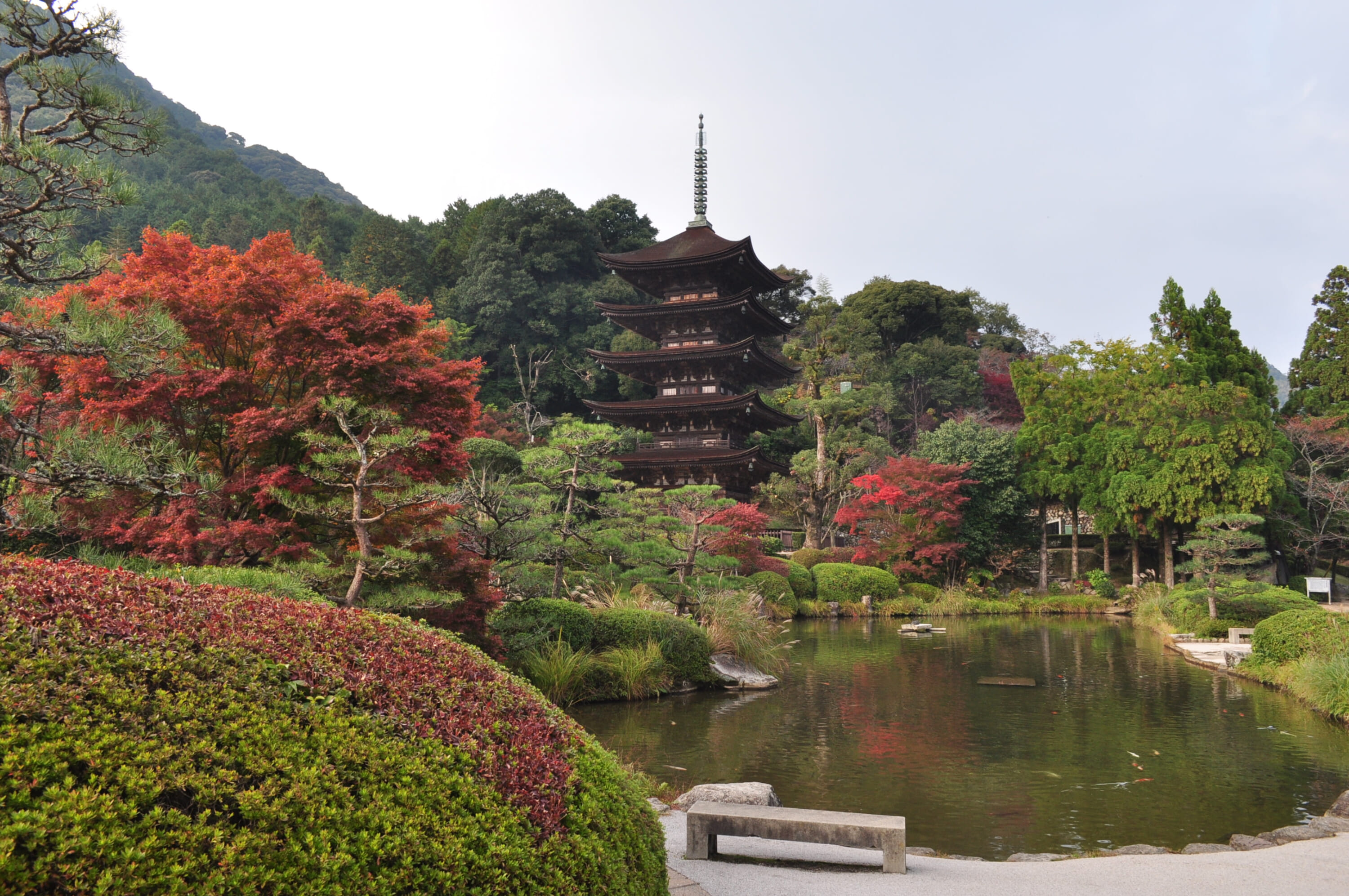
2. Yamaguchi City Was Built to Resemble Kyoto
Since ancient times, Yamaguchi city has often been referred to as the “Kyoto of the West.” In his article for The New York Times, writer Craig Mod was keen to stress that it is “much more interesting than that — and it suffers from considerably less ‘tourism pollution.'” While this is undoubtedly true, it is hard to ignore the comparisons. After-all, Yamaguchi was built to resemble Kyoto in the first place. Ouchi Hiroyo, the head of the commanding Ouchi clan, moved to Yamaguchi in 1360 and created a town based on Japan’s capital at the time. Under the leadership of his family, Yamaguchi flourished, becoming one of the most affluent cities in Japan. During that period of growth, the Buddhist temple, Rurikoji, was built. Its five-storied pagoda is a national treasure that ranks among Japan’s three greatest, alongside Kyoto’s Daigoji Temple and Horyuji Temple near Nara.
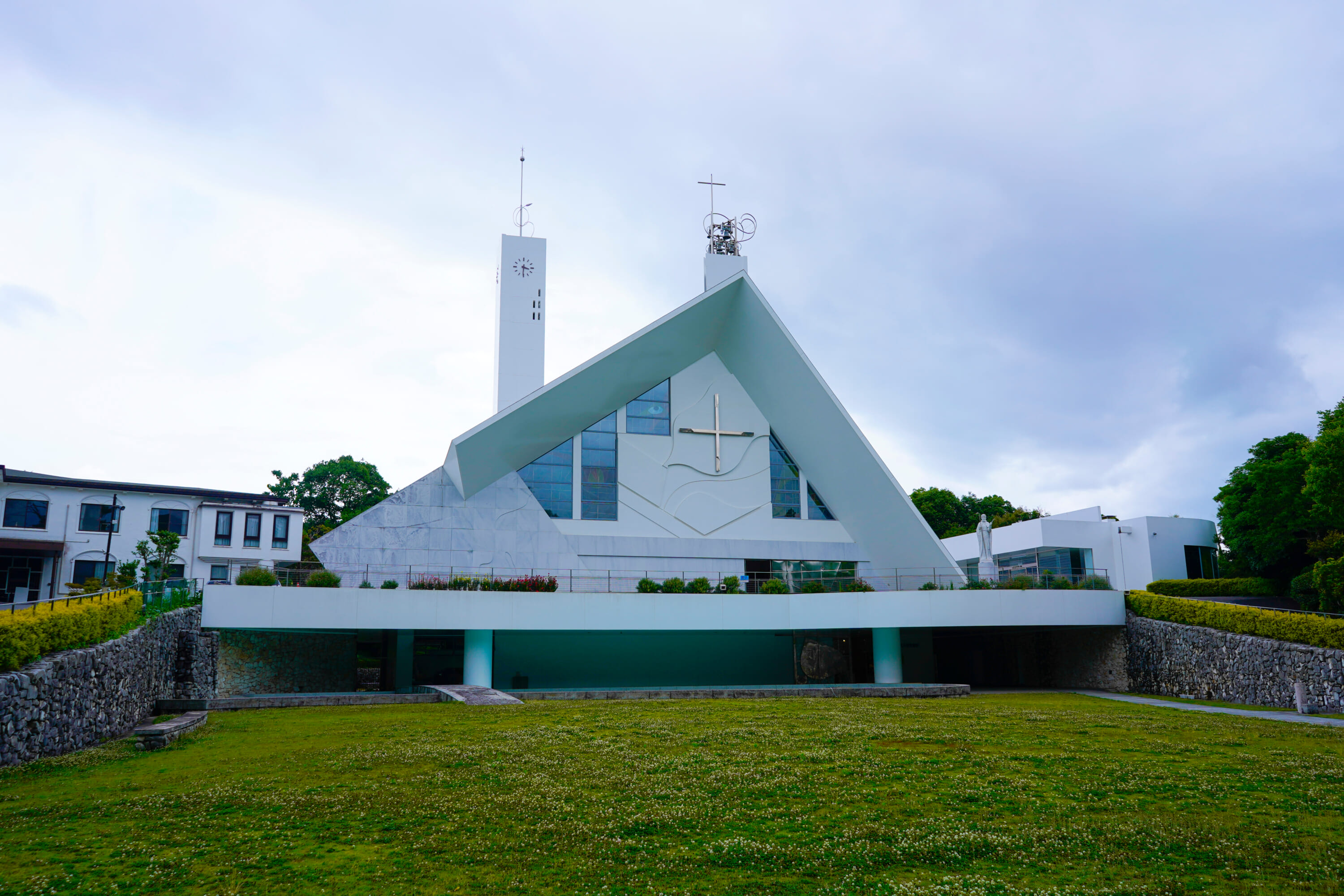
3. Japan’s First Christmas on Record Was Celebrated in Yamaguchi
Leading the first Christian mission to Japan, Francis Xavier spent some time in Yamaguchi on his way from Kagoshima to Kyoto for an audience with the emperor. Failing to meet with him, Xavier returned to Yamaguchi, where he visited the powerful daimyo (feudal lord) Ouchi Yoshitaka for the second time. The Spanish preacher presented him with several gifts and Ouchi subsequently allowed his guest to proselytize in the Suo province (eastern part of Yamaguchi Prefecture). After Xavier left, Cosme de Torres led the Jesuit mission in Yamaguchi. He said Japan’s first ever recorded Christmas mass at the abandoned Daidoji Temple in 1552. Xavier possibly said a Christmas mass prior to that, but there’s no record of it. The St. Francis Xavier Memorial Church was built in Yamaguchi city in 1952. It was reconstructed in 1998 following a fire seven years earlier.
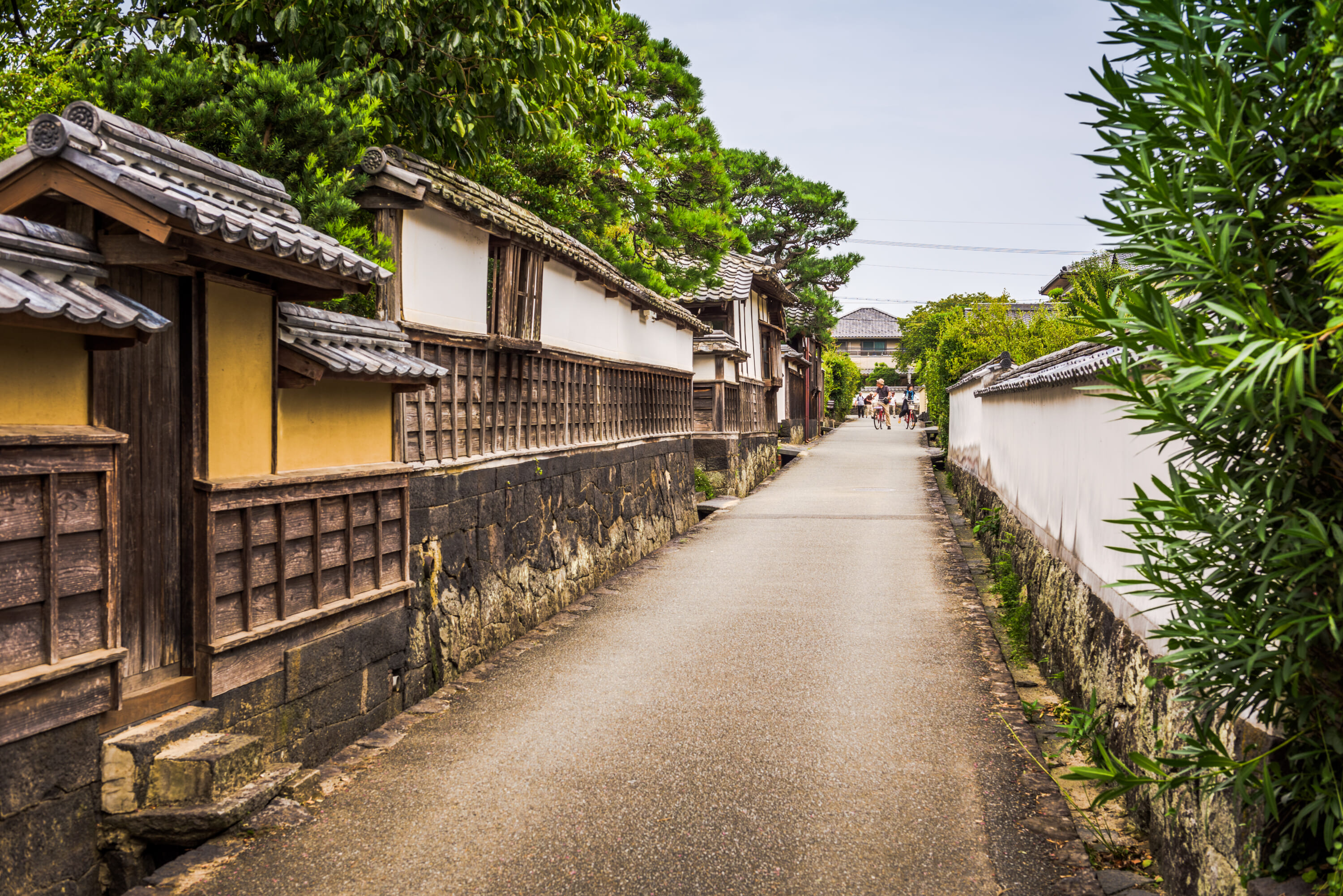
4. The Region Played a Pivotal Role in the Overthrow of the Tokugawa Shogunate
The Choshu Domain — which was absorbed into Yamaguchi Prefecture following the abolition of the Han system in 1871 — was the most prominent anti-Tokugawa domain during the Edo period. Making an alliance with the Satsuma Domain, the two forces overthrew the shogunate by force and issued an edict to restore imperial rule, bringing an end to over 260 years of feudal government. The political and economic center of the Choshu Domain was the former castle town of Hagi, which today has one of the biggest and most impressive samurai districts in all of Japan. A popular tourist destination that is famed for its pottery, it boasts five world heritage sites, including Shoin Shrine, dedicated to Yoshida Shoin, who was regarded as a spiritual leader of the Meiji Restoration. He was one of several prominent figures of the late Edo era who came from Hagi.
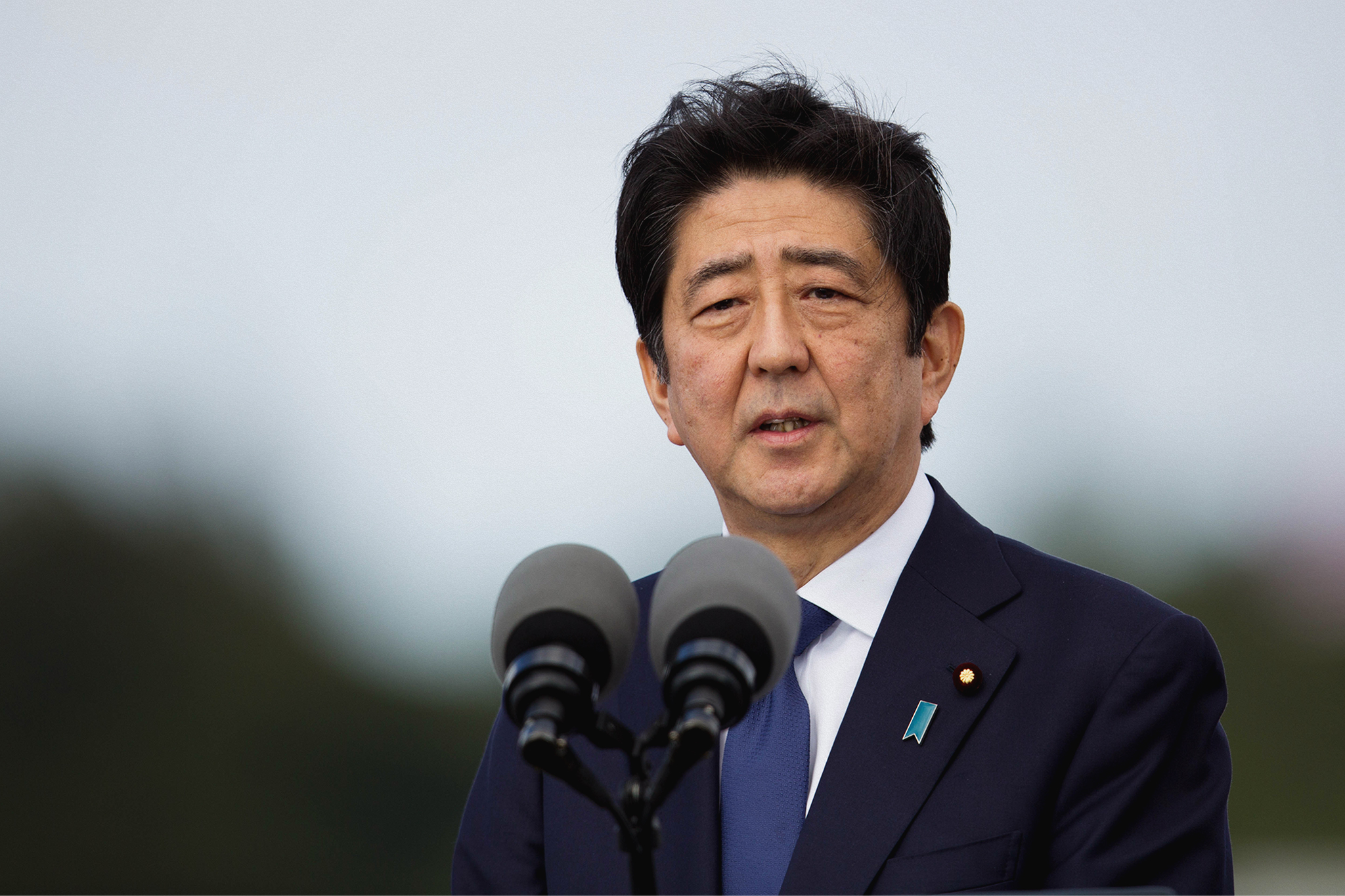
Shinzo Abe | Anthony Quintano
5. Yamaguchi Has Produced More Japanese Prime Ministers Than any Other Prefecture
One of Yoshida’s students was Ito Hirobumi, Japan’s first ever prime minister. The Yamaguchi Prefecture-native led the country four times, established a cabinet system based on European ideas, was the principal author of modern Japan’s taxation system and became the first residential-general of Korea. He resigned from that position in 1909 and was assassinated by a Korean independence activist a few months later. Ito was the first of eight Yamaguchi Prefecture representatives that have, thus far, ruled Japan. This is based on the person’s birthplace prior to World War II and the electoral district after it, so Naoto Kan, who was born in Ube, doesn’t count. The most recent Yamaguchi Prefecture representative was, of course, Shinzo Abe. His maternal grandfather, Nobusuke Kishi, was also prime minister, as was his great-uncle, Eisaku Sato, the only Japanese person to have received the Nobel Peace Prize.
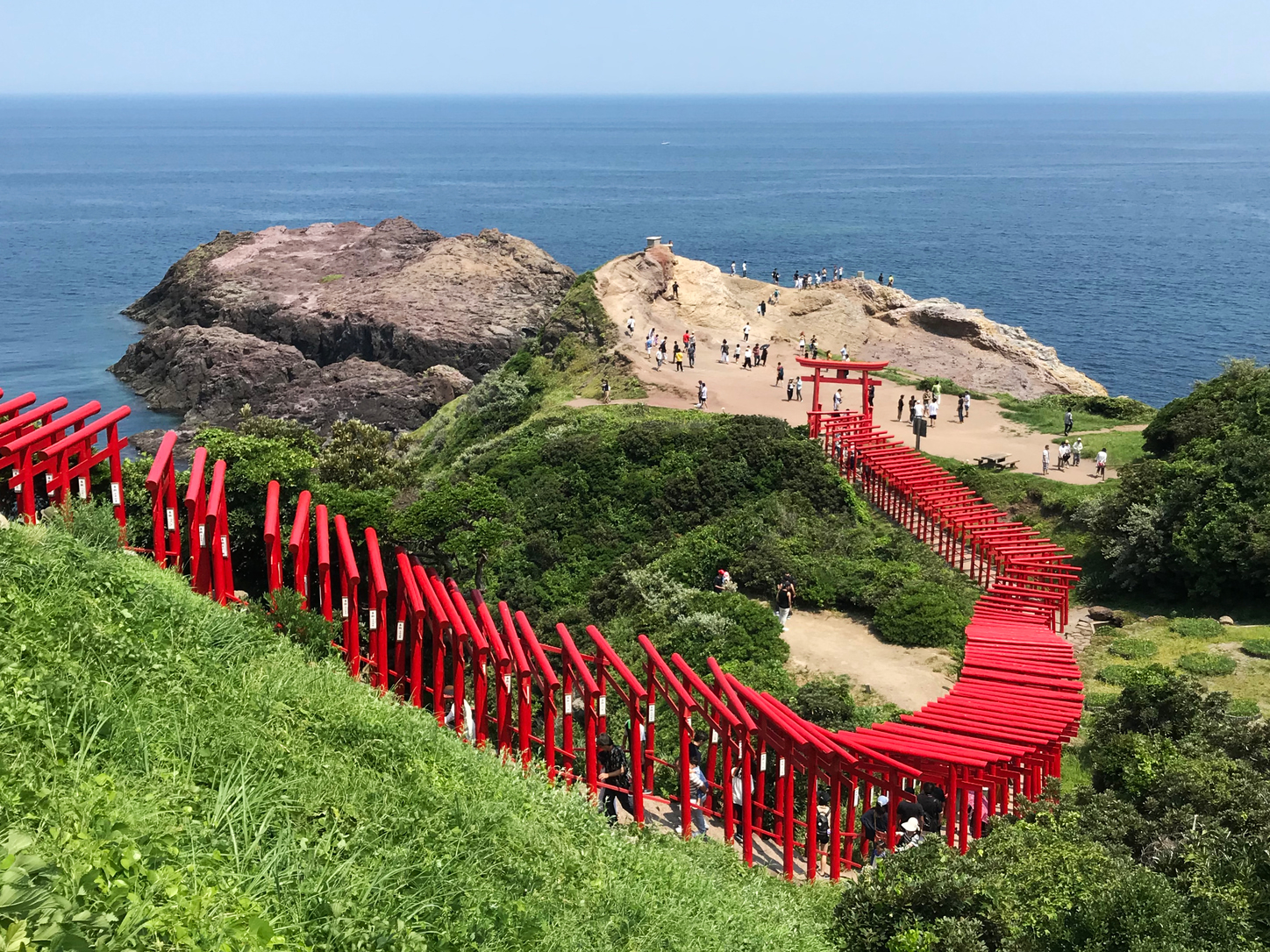
Motonosumi Inari Shrine
6. Motonosumi Inari Shrine is One of Japan’s Most Beautiful Places
Well, that was the view of CNN anyway, who chose the shrine as one of the “31 Most Beautiful Places in Japan” in 2015. Two years later, CNN featured it again as part of its “36 Most Beautiful Places in Japan” list. It’s hard to disagree. It was founded in 1955 after, according to legend, local fisherman Hitoshi Okamura received a divine message from a white fox during a dream. A messenger of Inari, the god of success and prosperity, the fox told Okamura to build a shrine, and it would bring good luck to the city of Nagato. So, he did. Featuring 123 vermillion torii gates that line up like dominoes against the sea, it truly is a magnificent sight. One of the gates has a distinctive offering box. It’s said that anyone who successfully throws their money into it will have their wish granted.
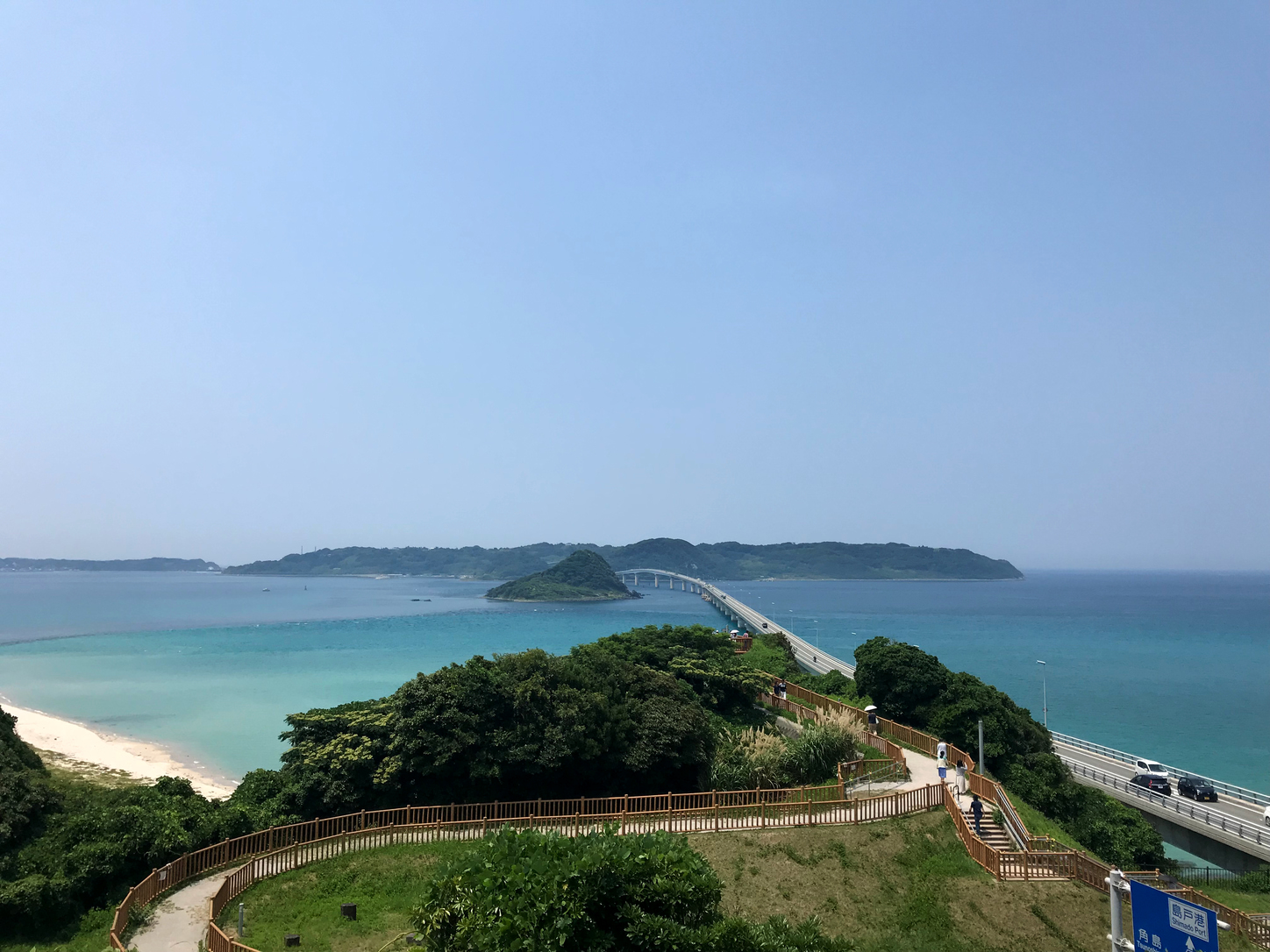
Tsunoshima Bridge
7. Yamaguchi Is Known for Its Bridges
For fans of bridges, Yamaguchi is worth a visit. Along with Meganebashi in Nagasaki and Tokyo’s Nihonbashi, Kintai Bridge in Iwakuni is considered one of the Nihon Sanmeikyo (three famous bridges of Japan). Built in 1673 and declared a national treasure in 1922, it stood for almost three centuries before being destroyed by a typhoon in 1950. A reconstruction of the adored wooden arched structure was then completed in 1953. Today, it’s one of the premier sightseeing spots in Yamaguchi. Another is Tsunoshima Bridge, which connects the scenic island of Tsunoshima with mainland Japan. Opened in 2000, it has boosted tourism on the island and become a tourist destination in itself. Known for its distinctive curved shape, several dramas have been filmed on the bridge and around it. It’s the second-longest bridge in Japan behind Akashi Kaikyo, which links Kobe with Awaji Island.

